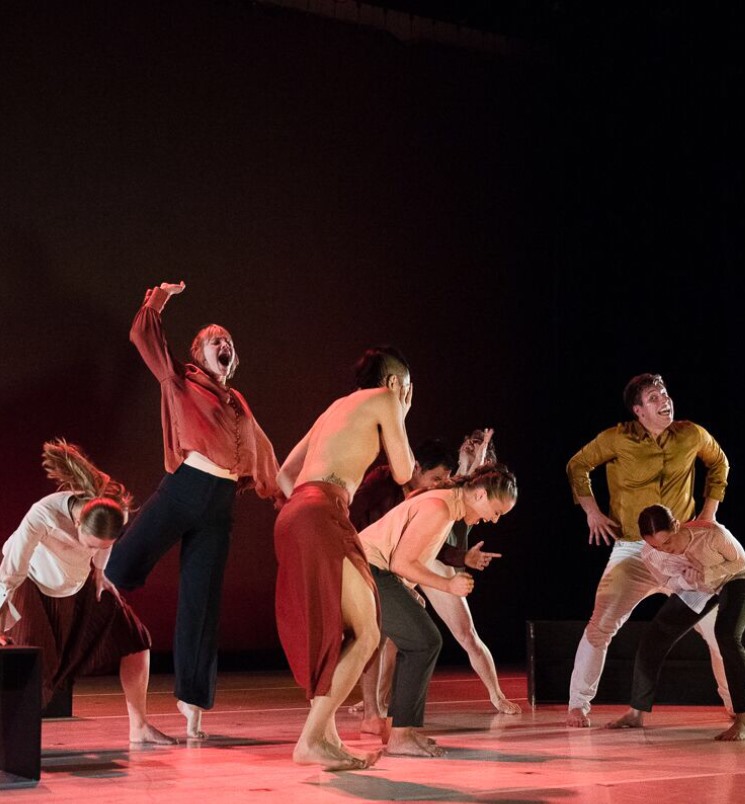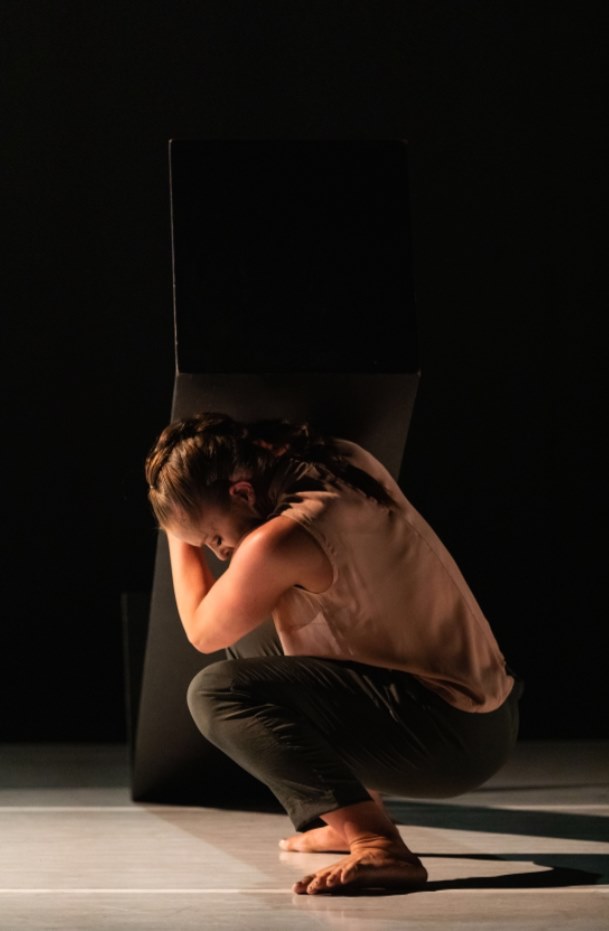If we abide by tradition, many storytellers pursue the arc for the temporal narrative model. Suggesting a different emphasis, 75 years ago, Joseph Frank published the essay The Idea of Spatial Form, and among the novelists he discussed was Marcel Proust, who excelled at streams of consciousness writing. He wrote, “Proust gives us what might be called pure views of his characters – views of them – ‘motionless in a moment of vision’ in various phases of their lives – and allows the sensibility of the reader to fuse these views into a unity. Each view must be apprehended by the reader as a unit; and Proust’s purpose is only achieved when these units of meaning are referred to each other reflexively in a moment of time.”
When stories are not told chronologically, the reader (or listener, viewer) might be more invested in the storytelling experience, negotiating multiple threads, paths and emotions that potentially become more aesthetically and intellectually satisfying. In her marvelous book, Meander, Spiral, Explode: Design and Pattern in Narrative, published this year by Catapult, Jane Alison writes of the patterns (“meander, spiral, radial, fractal, cell”) that inform nature, our bodies and our minds. “We follow them instinctively: coiling a garden hose, stacking boxes, creating a wavering path when walking along the shore,” she writes. “And we even invoke these patterns to describe motions in our minds: someone spirals into despair or compartmentalizes emotions, thoughts meander, rage can be so great we feel we’ll explode.”

Speak, an evening-length premiere choreographed by Dan Higgins, resonates with these ideas of spatial form in storytelling. Powered by the solid technical prowess of eight dancers (and the bonus appearance at the end by the choreographer) and a deftly curated palette of music, Speak is a fascinating piece that sets up a malleable structural scaffolding for the dancers as characters, often surprising in their own making. They engage in a labyrinth of movement that shifts, sometimes abruptly, from symmetry to opposition and from jagged, sharp fits and chaos to nostalgic echoes and rarefied moments epitomizing dance’s unique illusory capacity for representing a motionless effect.
Speak begins with the usual “voice of God” reminder of the rules and protocol for audience members, but then without missing a beat, Higgins, off stage, instructs the audience to look over their left shoulder and then focus on remembering a sensation or decision from the past. The work begins and soon the audience sees the octet of dancers navigate, move, meander and confront each other along with six benches on the stage. The black benches and the white marley floor comprise a canvas that evolves dynamically in color and textures for the next hour or so. Every imaginable configuration of bench placement and dance ensemble is tested and then revised, so the work ends up as an open-ended abstraction inviting individual audience members to get their own imprint from Speak.

Higgins, a dance artist with the Repertory Dance Theatre (RDT) since 2014, is as passionate about philosophy, reading and music as he is about dance. Speak informs us with good bits about the choreographer and the eight dancers he selected more than six months ago to work on this piece, which was presented as part of RDT’s Link Series.
As with any meaningful story, dance, by way of its construction, mixes the worlds of reality and illusion. In Speak, there are moments when the benches are set up like a hall with openings, as the dancers march on complex, shifting patterns of counts–symmetry pitted against asymmetry. In one section, the benches are lined up diagonally on the stage, a rare instance of linearity in the work. When the benches are scattered or tilted against one another, we see movement opportunities for dancers revealing parts of their own personalities on stage.
Higgins is an egalitarian choreographer who generously opens the space for dancers to contribute and take ownership in the organic creative process. The dancers included Micah Burkhardt (who has worked with Higgins on previous projects); RDT colleagues Jaclyn Brown and Jon Kim; local dance artists Bailey Sill, Mar Undag, Morgan Phillips, Brendan Rupp and Emma Hansen. Everyone’s performance by far more than satisfied the artistic challenge.

Higgins’ eclecticism in music taste is evident. There are selections from the impressive oeuvre of Michael Wall, a local musician and composer who runs soundFORMovement.com, including a plaintive trumpet solo with a meandering character of its own. Music from Joep Beving, a Dutch pianist and composer, serves up a minimalist nostalgic meditation. Rounding out the music credits are Henrik Schwarz, a German DJ known for his crossover work in deep house and classical and Luke Howard, Australian pianist and composer. There also are numerous quiet scenes in the work.
At the end of Speak, Higgins emerges to stand on a platform that is assembled from the benches, with the dancers sitting in a semi-circle with their backs to the audience. Offering a very broad story outline, Higgins sets out an intriguing purpose that explains the dynamics of the creative process, and not just in dance. Rather than being removed entirely from the creation he and his eight colleagues have worked painstakingly on for the last six months, the artist fades back into the piece. The artist does not have to be the omniscient or omnipresent narrator of the story. However, the artist gives the pieces and fragments so that the observer in the audience can connect and fit them in different patterns that seem the most natural to the individual.
